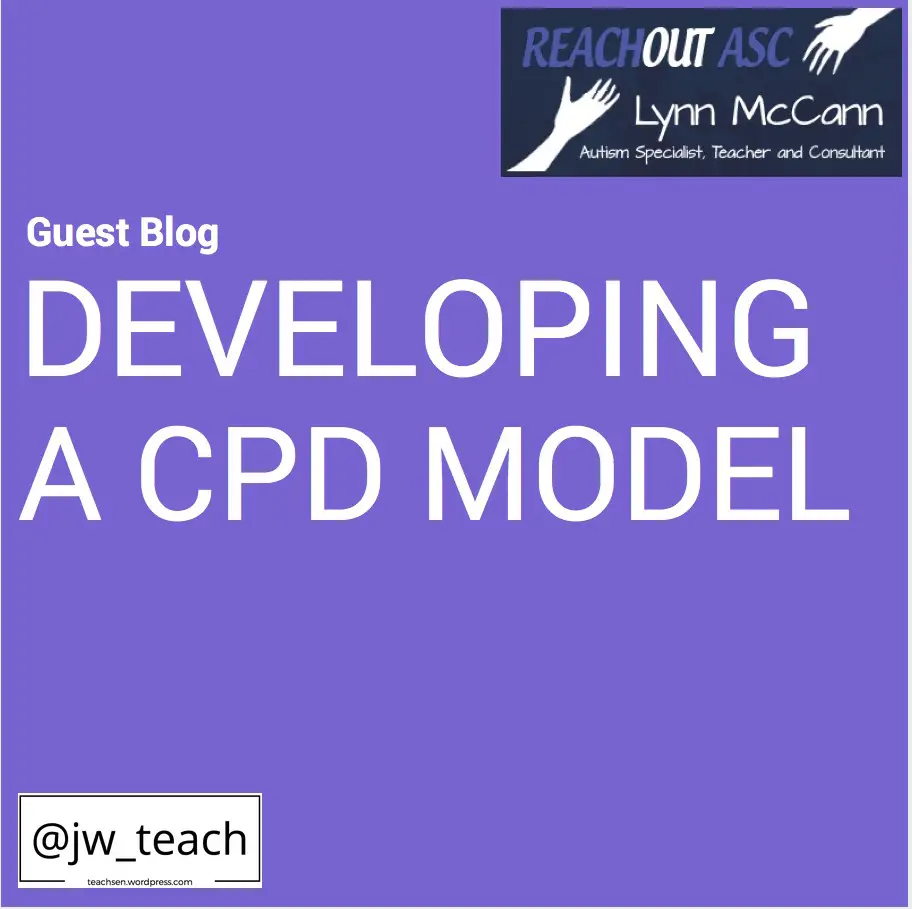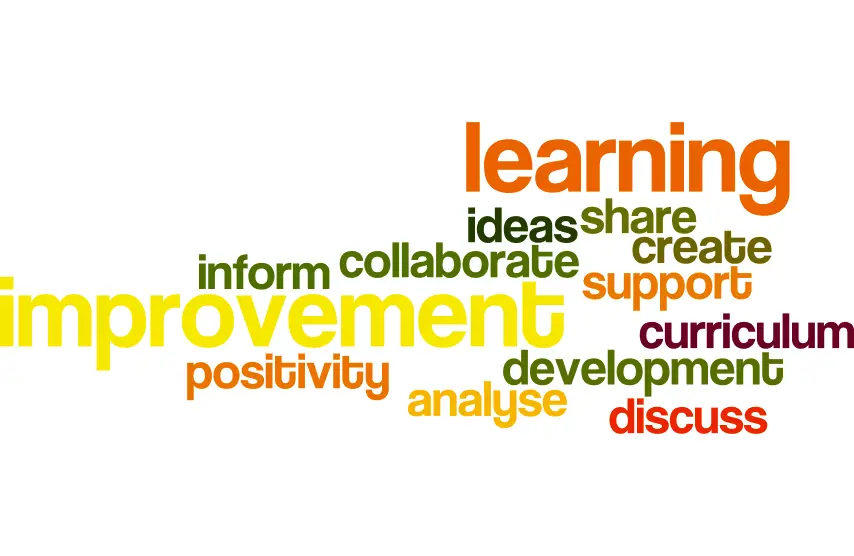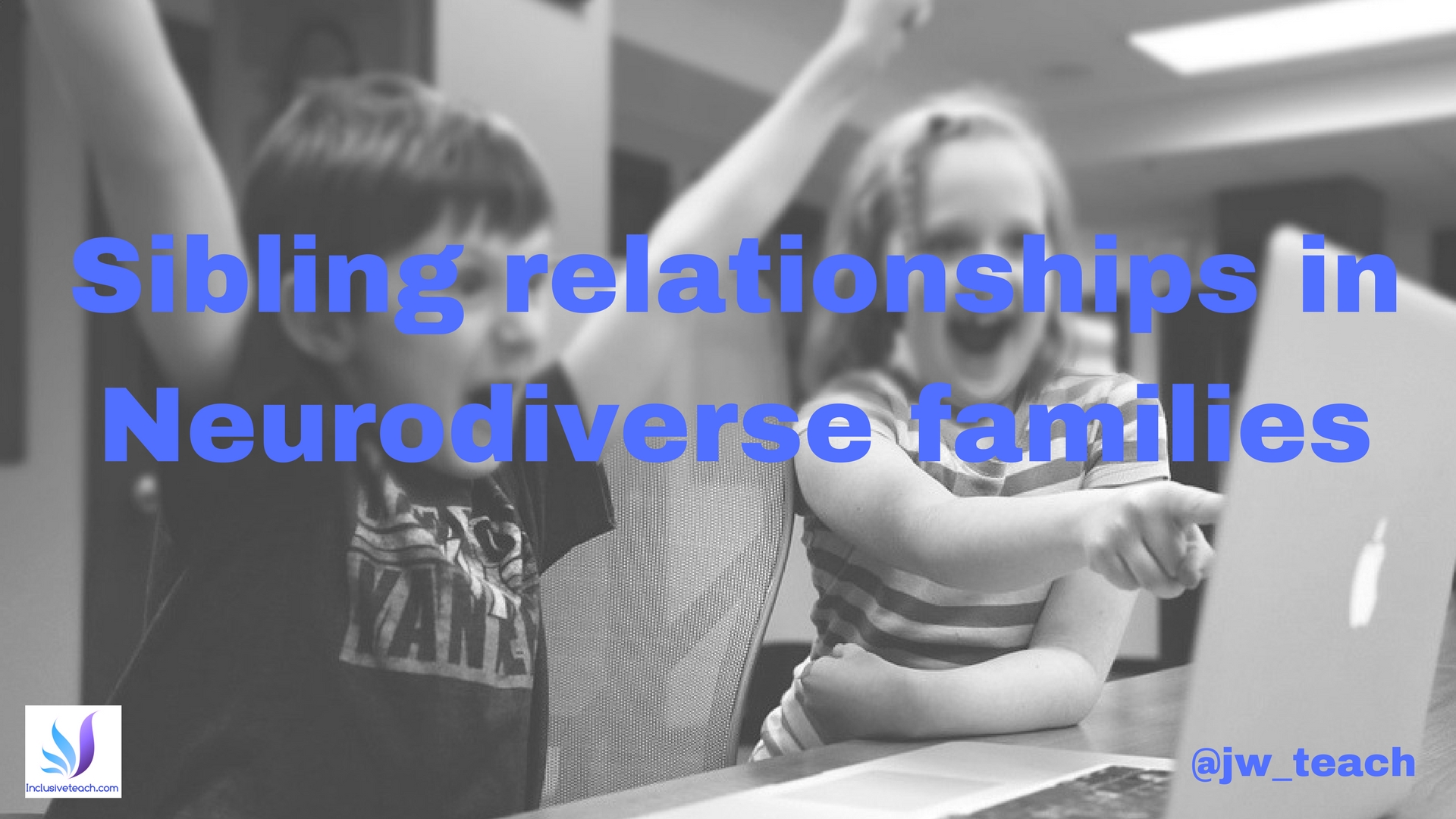Inclusion in Education: A Comprehensive Overview of Different Perspectives
Inclusion in Education: Multiple Perspectives
Inclusion in education is a widely debated topic with various perspectives and approaches. The core concept is the idea of providing equal access to education for all students, regardless of their abilities, backgrounds, and learning needs. The term “inclusive education” can be a bit vague. In general, it is accepted by most people to mean that students with special educational needs (SEN) are educated in mainstream schools and spend some of their time in the classroom alongside their peers who don’t have SEN. In this article, we will explore different points of view regarding inclusion in education, including its benefits, challenges, and alternatives.
Pro-Inclusion
Pro-Inclusion Perspective: Many advocates argue that inclusive education provides substantial benefits for both students with disabilities and their peers.
- Inclusion promotes social justice and equality. Inclusion should provide equal access to education for students with disabilities and ensures they are not segregated or isolated. It helps create a more just and equitable society.
- It benefits all students. Inclusion helps all students develop positive attitudes about diversity and disability. It leads to increased understanding, acceptance, and compassion. Students learn important social skills like cooperation, empathy, and patience (Roldán, et al 2021).
- It leads to higher academic achievement. Research shows that students with disabilities in inclusive classrooms often perform better academically when they are given proper supports (Rouse & Florian 2009).
- It promotes experiences that students will encounter outside of the school bubble. Inclusive classrooms help prepare all students for life in the diverse, integrated world. Students learn to work with a diverse range of people that arguably reflect society better.
- It enhances self-esteem. Being included with peers in regular classrooms leads to improved self-esteem, confidence, and well-being in students with disabilities. They feel a sense of belonging.
- It benefits teachers and schools. Although inclusion requires work, teachers report gaining valuable skills that improve their practice. Schools benefit from empowering families and the community. Inclusion may lead to a more positive school culture.
- It saves money. Educating students with SEN in inclusive settings, rather than special school, could save money for councils and central government that can be invested in supports, accommodations, and improved services for all students.
Anti-Inclusion: The Challenges of Inclusion
Critics argue that inclusion can be detrimental to the educational experience of both students with disabilities and their peers. Some of the primary concerns raised by opponents of inclusion are:
- It is unrealistic. Some argue that inclusion is an unrealistic ideology that doesn’t work in practice. It is difficult to implement effectively and places too much demand on teachers.
- It leads to lower academic standards. Critics argue that inclusion often results in a “watered-down” curriculum that compromises academic rigor. Teachers may have to slow down or repeat lessons for some students.
- It disadvantages other students. Some say inclusion favours students with disabilities at the expense of others.
- It is too disruptive. Students with more severe or complex needs may display behaviours that make it difficult for other students to learn. Their needs can dominate the teacher’s time and attention.
- Not all students benefit. Some students with disabilities do not benefit from inclusion and may need more intensive supports than can be provided in a regular classroom. Full inclusion does not fit the needs of every student.
- Proper support is lacking. Effective inclusion requires resources and supports that many schools do not have. Teachers often feel unprepared and unsupported in inclusive classrooms.
- Safety may be compromised. Some argue that students with certain disabilities, emotional/behavioural disorders can pose safety risks to themselves, teachers, or other students in an inclusive setting.
- It devalues special education. Separate special education programs are better equipped to address the specific and often complex needs of students with disabilities. Inclusion diminishes the importance of special education expertise.
- Parental choice is limited. Some parents do not find inclusive placements appropriate or desirable for their children with disabilities. They should have more choice beyond just fully inclusive options.
In The Middle: Alternatives to Inclusion
Partial Inclusion and Segregation From Mainstream Settings
In response to the challenges of full inclusion, some educators and policymakers advocate for alternative approaches, such as partial inclusion or segregation. A moderate perspective acknowledges the potential benefits of inclusion but believes it should be implemented carefully based on the needs of individual students. For some students, full-time inclusion may not be appropriate, and a combination of mainstream and separate instruction may be needed. The effectiveness is likely to be in the minutia, down to the values and skills of the teacher, the sensitivities of the pupils, the type of lighting the room has etc etc.
- Partial Inclusion: This approach involves placing students with disabilities in education classrooms for part of the day, while they receive specialised instruction and support in separate settings for the remainder of the day. An increasing number of schools are developing SRP or Specialist Resource Provisions. SRPs provide specialised support for individuals who need it to progress in their learning and join mainstream school life. To qualify, they must have an EHC plan and evidence that without flexible expert support, they cannot participate in mainstream school activities.
- Segregation: This model promotes the creation of separate, specialised educational environments for students with disabilities. Advocates of segregation argue that this approach allows for tailored instruction and support that better meets the unique needs of students with disabilities. I have always worked in Special Schools and have never heard any teacher in the UK describe these settings as segregation. They should be specialist provisions to meet very specific needs that cannot currently be met in mainstream provisions – and why that is would be a whole other debate.

Conclusion
Improved teacher training, smaller class sizes, teaching assistants, and other supports are often required to facilitate effective inclusion. With the right supports and based on student need, inclusion can benefit many students but the implementation of this needs to be highly nuanced.
The debate surrounding inclusion in education is complex, with valid arguments and concerns on both sides of the issue. Some of these stem from personal experience, often based on one or two examples. Some from limited studies. Ultimately, the most effective approach may be a combination of inclusive and specialised education, tailored to meet the unique needs of each student. Further research, collaboration, and open dialogue among educators, policymakers, and stakeholders are essential for fostering an equitable and inclusive educational environment for all. I believe that for this to happen significant systemic change is needed at all levels of society and the education system.
References used:
Bond (2016) Leaving no one behind: The value for money of disability inclusive development. PDF Accessed Online May 2023
Molina Roldán, S., Marauri, J., Aubert, A., & Flecha, R. (2021). How Inclusive Interactive Learning Environments Benefit Students Without Special Needs. Frontiers in Psychology, 12. https://doi.org/10.3389/fpsyg.2021.661427 Accessed Online May 2023
Florian, L., & Rouse, M. (2009). The inclusive practice project in Scotland: Teacher education for inclusive education. Teaching and Teacher Education, 25(4), 594-601. https://doi.org/10.1016/j.tate.2009.02.003 Accessed Online May 2023
United Nations (2007). Convention on the Rights of Persons with Disabilities (CRPD). Accessed Online May 2023







10 Comments